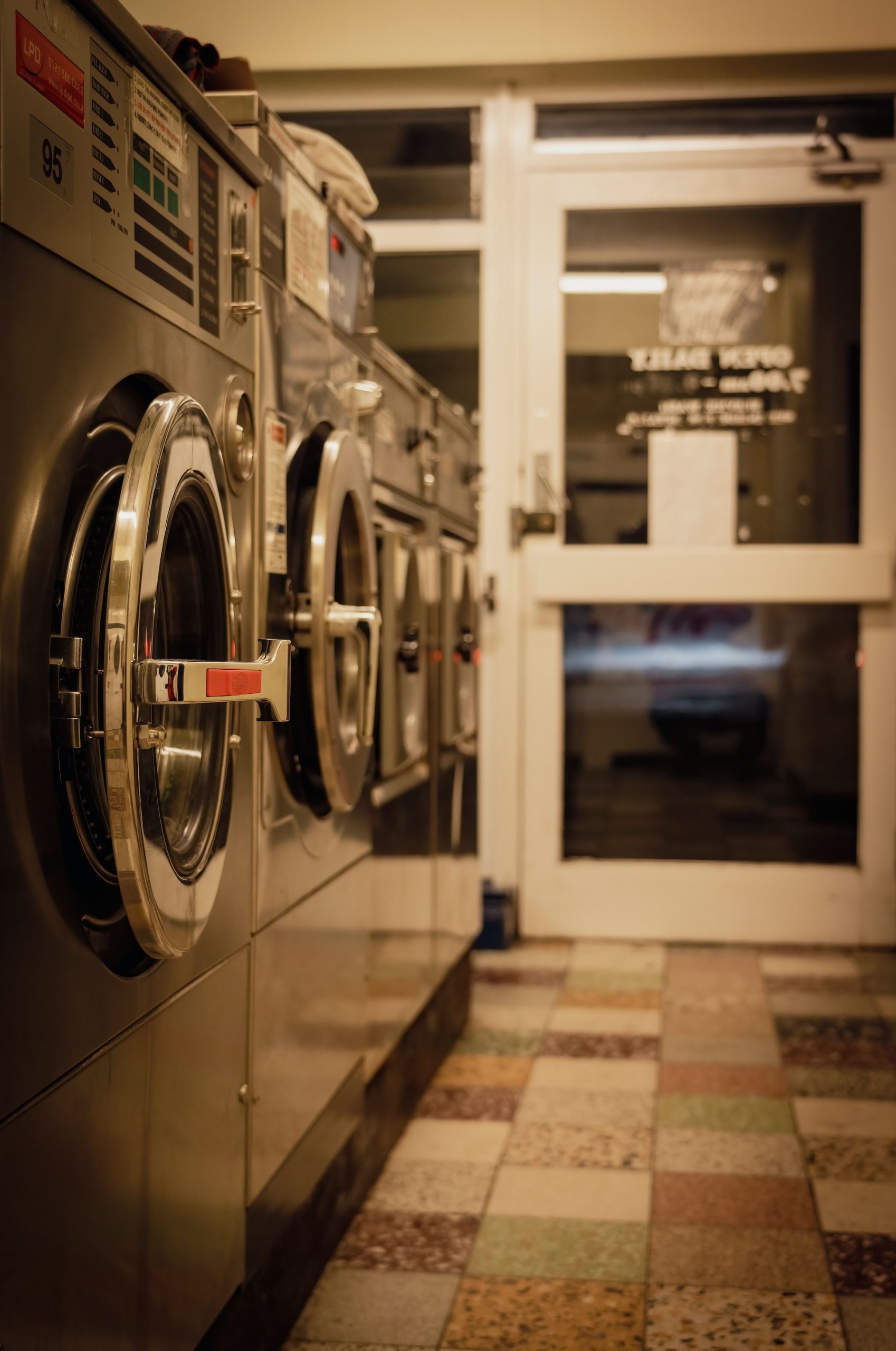5 Top Tips When Your Washing Machine Stops Working
You’ve just loaded your washing machine and it’s not working. Frustrating, isn’t it? Before you call a repair service, there’s a few things you could check. You might even fix it yourself.
This article will guide you through five simple steps to troubleshoot your washing machine. You’ll check the power, water inlet, drainage, spin cycle, and understand some common error codes.
Let’s roll up our sleeves and get your machine back in business!
Assessing the Power Supply
Before diving into the complexities of your washing machine’s malfunction, it’s crucial for you to check out the basics, starting with the power supply. It’s possible you’re dealing with an outlet malfunctioning. So, first things first, check if the plug is securely in the socket and the switch is on.
No luck? Try plugging in another device to see if the problem is the outlet itself.
Next, consider fuse complications. If your home’s electrical system is older, it’s possible a blown fuse is the culprit. Did the lights flicker or other appliances stutter? That’s a telltale sign. You’ll need to replace the fuse to get things running again.
Always remember, if you’re uncomfortable doing this yourself, you should call a professional.

Checking the Water Inlet
How’s your washing machine’s water inlet? If your machine isn’t filling up, it’s time to check this component.
First, turn off your machine and disconnect the water supply hose. Now, you’re ready for inlet filter cleaning. This is where debris and mineral deposits often accumulate, interrupting water flow. You can clean the filter with an old toothbrush and some vinegar, rinsing thoroughly afterwards.
Next comes the hose inspection. Look for any kinks, cracks, or leaks which could obstruct the water supply. Make sure the hose isn’t twisted or bent. If it’s damaged, you’ll need to replace it.
Confirm that the water supply valve is fully opened too. These simple checks can often solve your washing machine woes.
Investigating Drainage Issues
Continuing with troubleshooting, let’s shift our focus to investigating drainage issues if your machine’s still not functioning properly.
First off, blockage identification is key. If water isn’t draining, there’s likely a clog in the drain hose or pump. You’ll want to disconnect these parts and inspect them for any blockages.
Now, let’s talk about drainage solutions. Once you’ve identified a blockage, try to remove it. If it’s a small obstruction, a firm shake or a blast of water might do the trick. If not, you might need a plumber’s snake or a similar tool. Remember, always be careful when handling these components to avoid causing further damage.
If all else fails, consider calling in a professional. It’s better to be safe than sorry!

Troubleshooting Spin Cycles
After addressing drainage issues, the next step in your washing machine troubleshooting journey involves tackling problems with the spin cycle. If your machine’s not spinning, it could be due to a load imbalance. That’s when your clothes aren’t evenly distributed within the drum, causing it to spin out of balance. Try redistributing your laundry and restarting the cycle.
Another common problem is cycle interruptions. If your machine stops mid-cycle, it might be a sign of a faulty lid switch or timer. Check if the lid closes properly and securely. If it does and the cycle still interrupts, you might need an expert’s help to replace the defective parts.
Understanding Common Error Codes
Now, let’s dive into the common error codes you might encounter when your washing machine stops working. Deciphering error messages is a crucial step in troubleshooting your machine. These messages are your machine’s way of communicating it’s not functioning correctly.
Understanding manufacturer codes can seem daunting, but it’s easier than you think. Most manufacturers list common error codes in the user manual. If you’ve misplaced yours, don’t fret; most are available online. Typical codes might indicate problems with water intake, drainage, or the motor.
Remember not to panic when you see an error message; it’s an opportunity for you to understand what’s wrong. By learning to decipher these codes, you’re one step closer to fixing your machine and getting back to hassle-free laundry.
Frequently Asked Questions
What Are Some Common Signs That My Washing Machine Needs Repair?
You’ll know your washing machine needs repair if you spot leakage indicators like water pools under the machine. Also, if you’re facing noise troubleshooting issues, it’s another sign it needs attention.
How Often Should I Perform Maintenance on My Washing Machine to Prevent It From Breaking Down?
You should conduct routine inspections on your washing machine monthly. Regular check-ups can reduce energy usage and prevent breakdowns. It’s also crucial to address any minor issues before they become significant problems.
Can I Use Any Type of Detergent in My Washing Machine or Are There Specific Types Recommended?

No, you can’t use any detergent in your washing machine. Detergent impact varies – certain types can harm your machine. Always check the manual for recommendations. Consider eco-friendly options for lower environmental impact.
What Can Cause a Washing Machine to Become Unbalanced and How Can I Fix It?
Overloading or uneven loading can cause unbalanced washer symptoms. Use load distribution techniques like evenly spreading clothes. If it’s persistently unbalanced, check for loose drum or motor mounts. You might need professional assistance.
Are There Any Safety Precautions I Should Take When Trying to Fix My Washing Machine Myself?
Absolutely, to avoid electrical hazards, always unplug your machine before starting any work. Wear protective gear like gloves and safety glasses. Don’t forget, if you’re unsure, it’s safer to call a professional.
Conclusion
So, you’ve checked the power supply, water inlet, and drainage.
You’ve also done some troubleshooting on the spin cycle and deciphered common error codes.
These tips should help when your washing machine grinds to a halt.
Remember, if things still don’t add up, it’s best to call in a professional.
Don’t stress, with a bit of patience and know-how, you’ll have your machine back up and running in no time.
